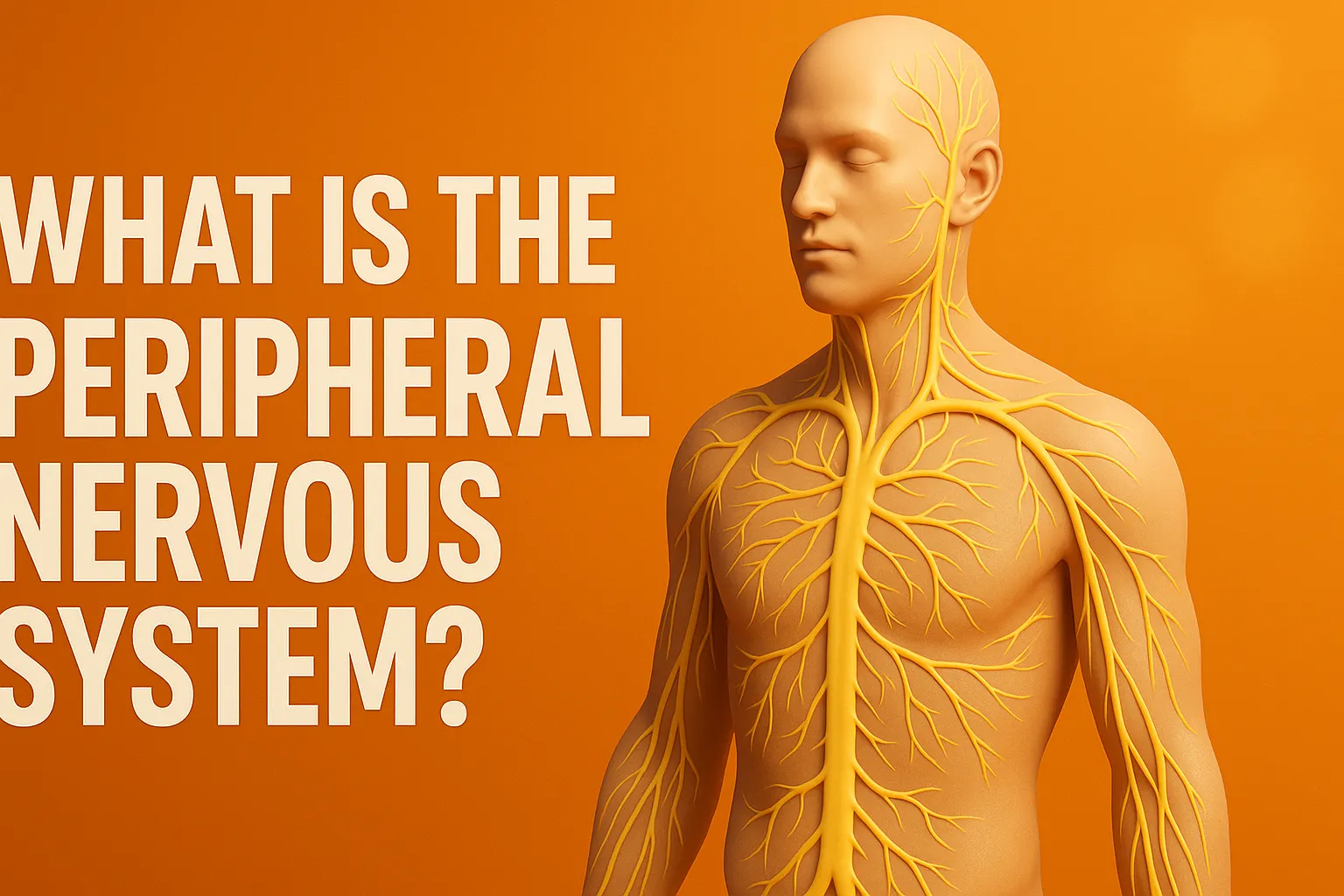Peripheral Nervous System (PNS) is the part of the nervous system outside the brain and spinal cord, consisting of cranial nerves, spinal nerves, and peripheral ganglia. It connects the central nervous system (CNS) to limbs and organs, enabling sensory input and motor responses.
- The PNS includes all nerves outside the brain and spinal cord. It is divided into:
- Somatic Nervous System – controls voluntary movements.
- Autonomic Nervous System (ANS) – controls involuntary body functions (heart rate, digestion, respiration, etc.).
- Drugs that act on the PNS are mainly targeted at modulating nerve transmission.
Broad Classifications:
-
Drugs affecting the Somatic Nervous System:
- These affect neuromuscular transmission.
- Examples:
- Neuromuscular blockers: e.g., succinylcholine, pancuronium.
- Cholinesterase inhibitors (increase ACh): e.g., neostigmine.
-
Drugs affecting the Autonomic Nervous System:
- Divided into Sympathetic (Adrenergic) and Parasympathetic (Cholinergic).
Click Here to Watch the Best Pharma Videos

